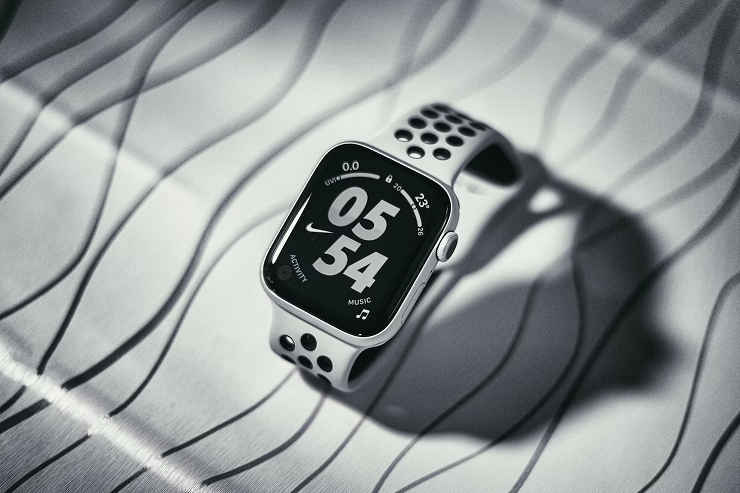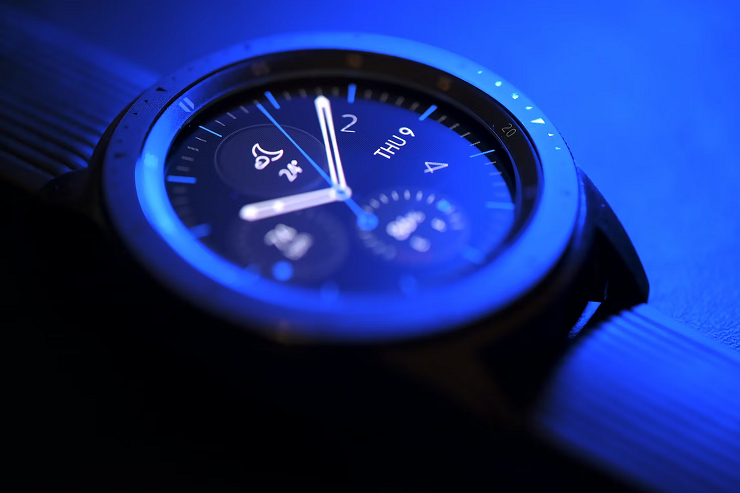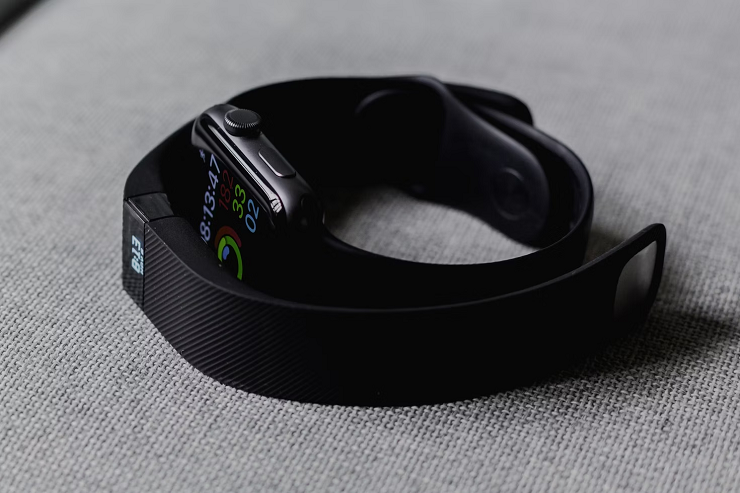
We live in an era of data. With a few taps on our smartphones, we can access information on just about anything – from the weather across the globe to our favorite celebrity’s relationship status. But what if we could use data to better understand and take control of our own health and well-being? Enter the “quantified self” movement.
The quantified self refers to the practice of gathering data about one’s daily activities, biometrics, and environmental factors using technology like wearable sensors, mobile apps, and other tools to obtain insights about physical, mental, and emotional states. The goal is to use this personalized data to optimize health, performance, behavior, and more. Wearable technology plays a key role in quantified self-movement and is transforming healthcare into a much more personalized experience. Let’s see how wearable technology is shaping personalized healthcare.
1. Wearable Health Trackers Provide Personal Bio Data
Devices like Fitbit, Apple Watch, and Oura Ring have become popular ways for people to track their activity levels, heart rate, sleep patterns, and other biometrics. These wearables use sensors to gather huge amounts of personal data and sync with apps to provide insights about your health patterns. They motivate wearers to meet goals, make improvements, and see how their bodies respond to changes in activity, sleep, diet, and more.
Combining wearable data with electronic health records, genetic testing results, and other quantified self-practices gives healthcare providers an incredibly detailed picture of a patient’s habits, biometrics, behaviors, and risks. This enables more personalized care plans – going far beyond the standard advice given to all patients with a particular health condition. Data from wearable devices also allows doctors to track patient health between visits, enabling earlier interventions when needed.
2. Passive Data Collection Makes Compliance Easier
A major benefit of wearable health trackers is that they passively collect data as you go about your daily life, making compliance easier compared to having to actively record health metrics multiple times per day. For example, an activity tracker automatically logs your steps, heart rate changes, sleep patterns, and more without you having to initiate measurement and recording. This makes it effortlessly easy for even the busiest people to quantify themselves and reap the rewards.

3. Insights Fuel Positive Behavior Changes
Seeing graphs, trends, and insights based on your own biometrics can be powerful for motivating healthier behaviors. For example, noticing that your resting heart rate drops when you improve your sleep hygiene may incentivize you to keep optimizing your bedtime routine. Watching your activity levels and nutrition intake on days when you feel energetic versus sluggish can help you make the connection between lifestyle factors and your energy levels, prompting positive changes.
4. Shared Data Brings A Community Element
Many wearable devices and apps allow you to share your data with friends, family members, or health professionals. This brings a social element to the quantified self movement. You can participate in challenges, cheer each other on, and motivate one another. Health care teams can also leverage shared data to improve collaboration and coordinate care efficiently across disciplines.
5. Personalization Allows Precision Medicine Approaches
The wealth of personalized biometrics provided by wearables allows doctors to take a precision medicine approach for preventing and managing chronic diseases like diabetes, heart disease, and obesity. By analyzing individual differences in genetics, lifestyle, environmental exposures, and continuous biometrics from wearables, highly tailored interventions can be created. This is far more effective than the one-size-fits-all approach to chronic disease management.
6. Machine Learning Uncovers Unique Insights
Sophisticated machine learning algorithms can comb through the massive amounts of data collected by wearable devices to detect unique patterns and generate personalized health insights. This would be impossible for a human to do. For example, an algorithm could determine how factors like diet, exercise, sleep, heart rate variability, and blood glucose levels interact and affect health risks and conditions for a specific patient. Those personalized correlations can guide lifestyle or treatment modifications.

7. Limitations and Considerations of Quantified Self
While the benefits of wearables and quantified self-movement show great promise for the future of preventive healthcare, there are some limitations and ethical considerations to be aware of.
Data privacy and security must be top priorities when it comes to collecting, storing, and sharing sensitive health data. There is also the risk of becoming overly obsessed with tracking and analyzing data in an unhealthy way. Finding the right balance is key when quantifying your health.
It is also important not to over-rely on biometric data over listening to your body’s signals and using common health sense. And while wearables can uncover interesting correlations, they do not necessarily imply causation in terms of health risks. Consult your physician before making major lifestyle changes based on wearable data.
Conclusion
As wearable technology continues advancing and becoming woven into everyday life, our ability to quantify health data will only get more granular and powerful. The insights gleaned have the potential to drive radical shifts towards preventive and personalized medicine practices. By better understanding our own bodies through quantification, each of us can play a proactive role in improving our health spans.
